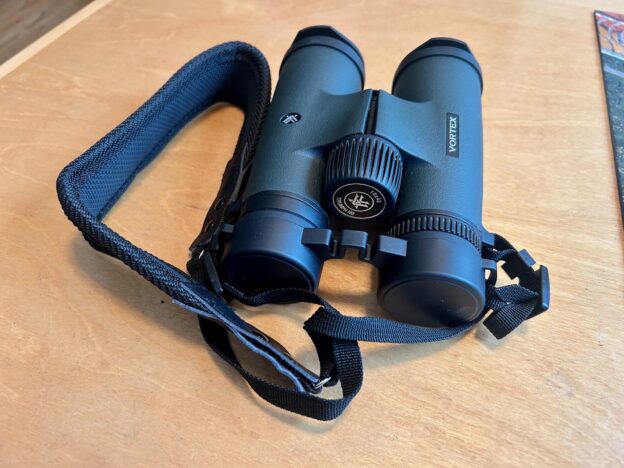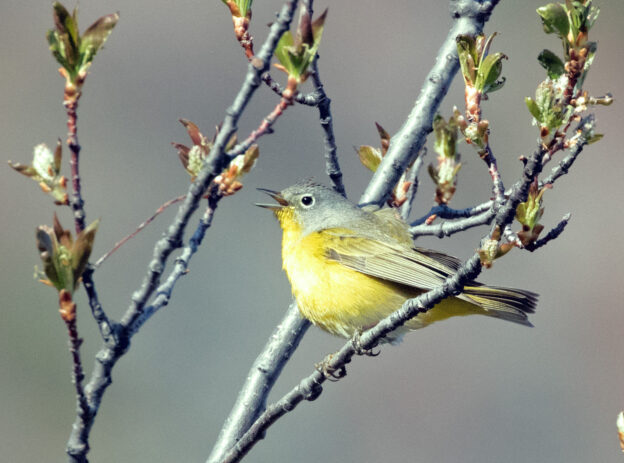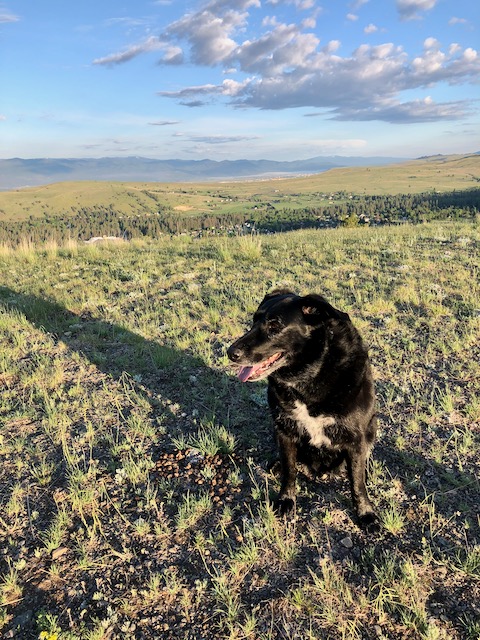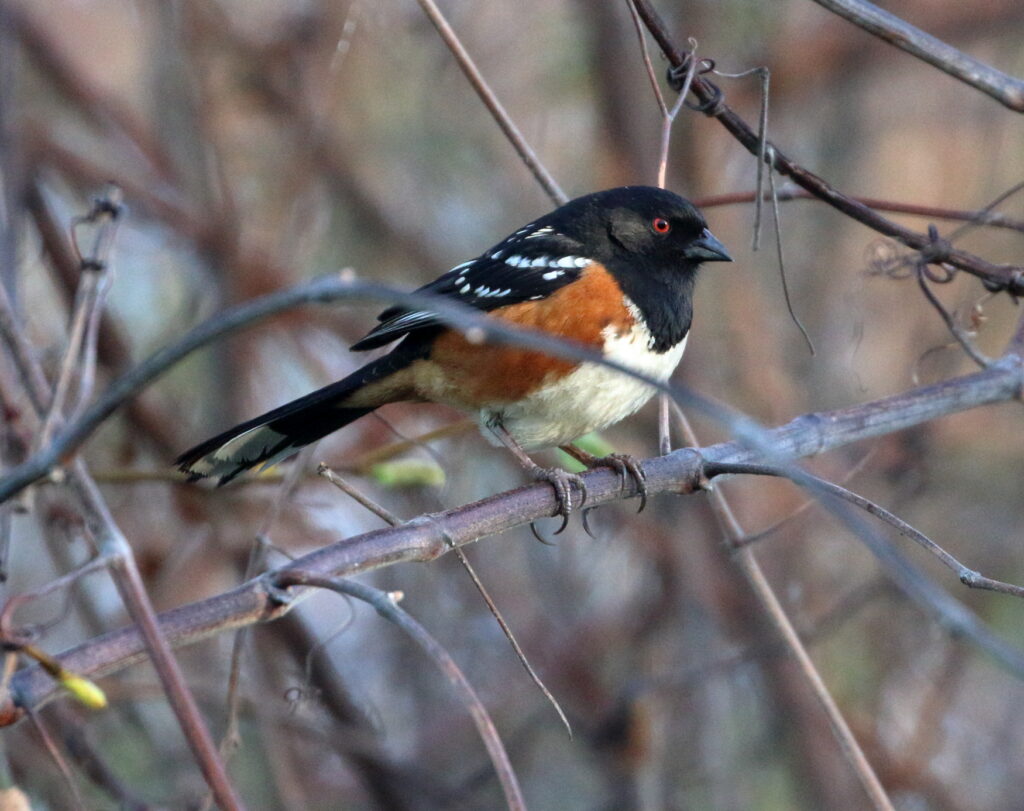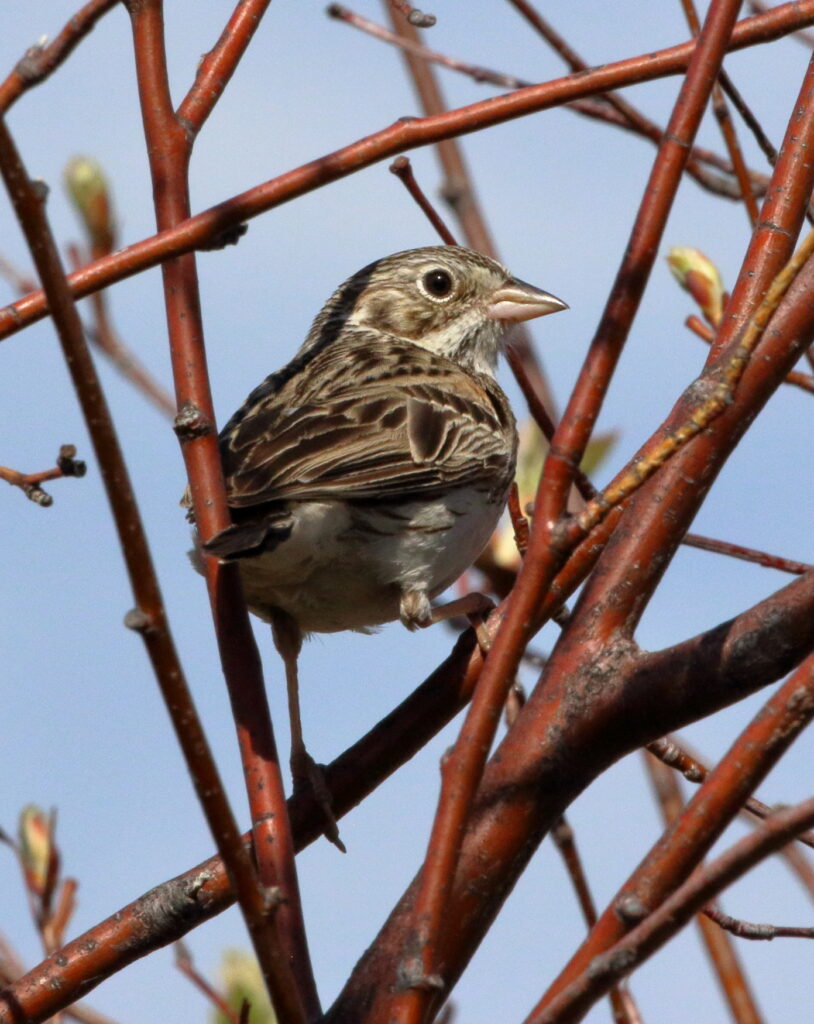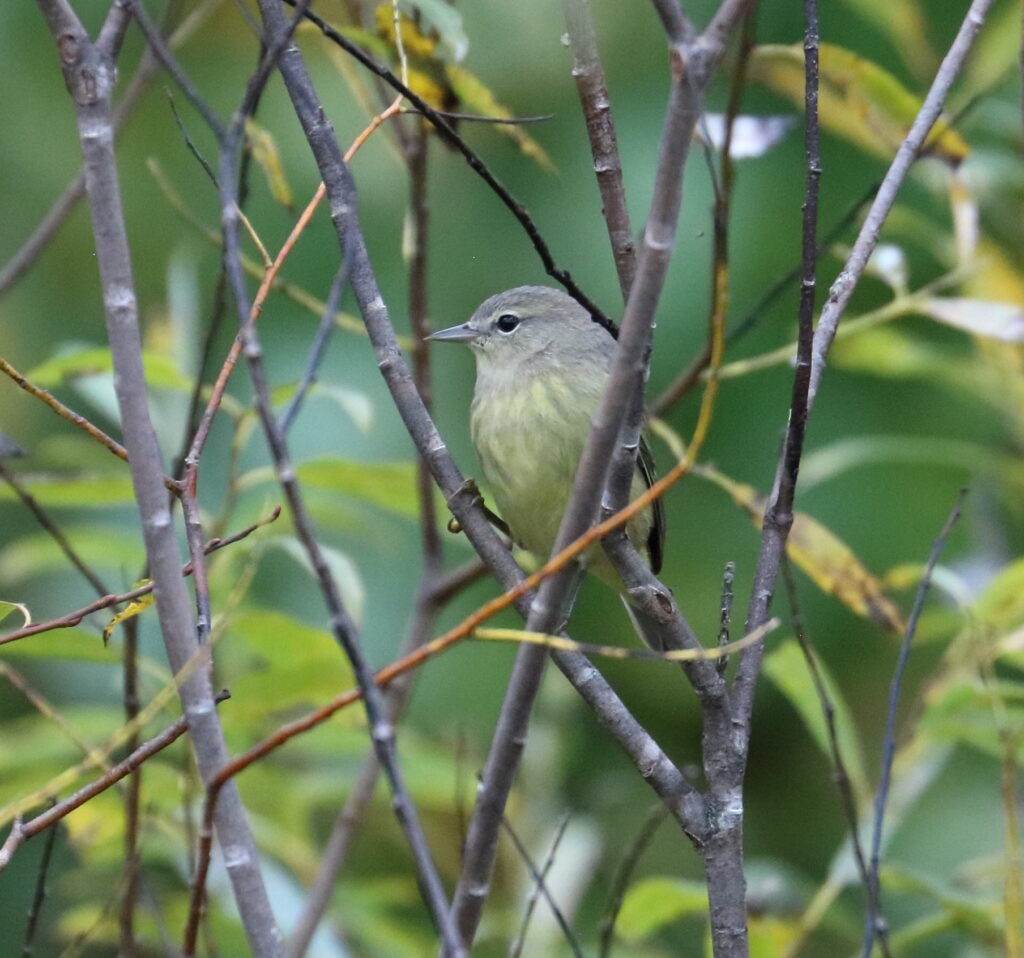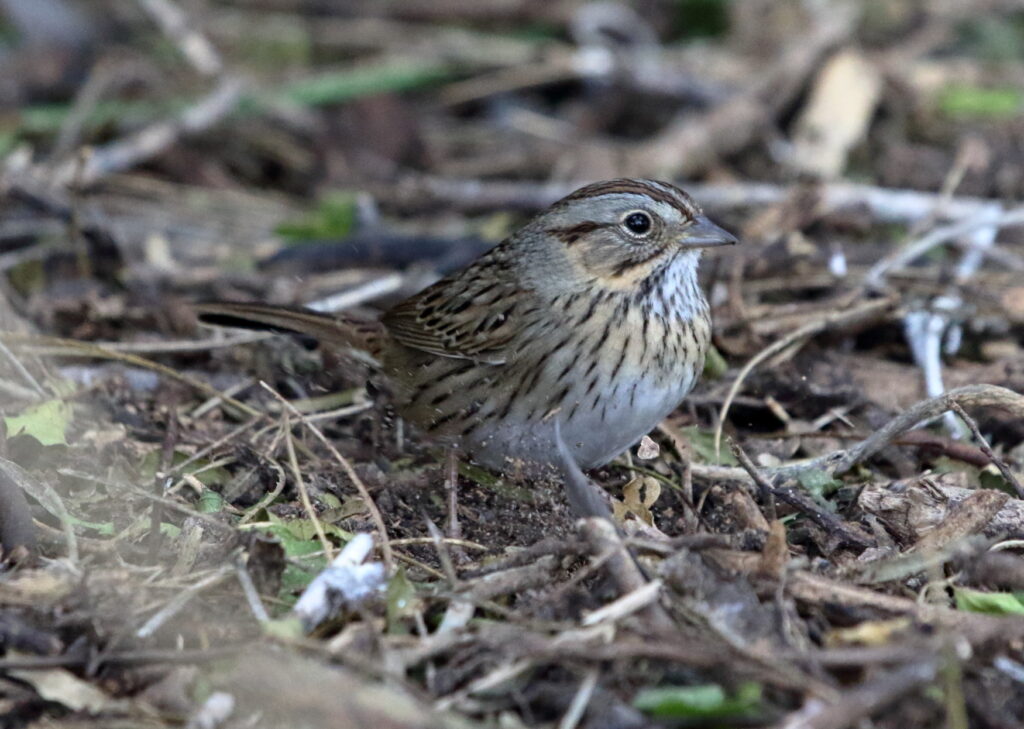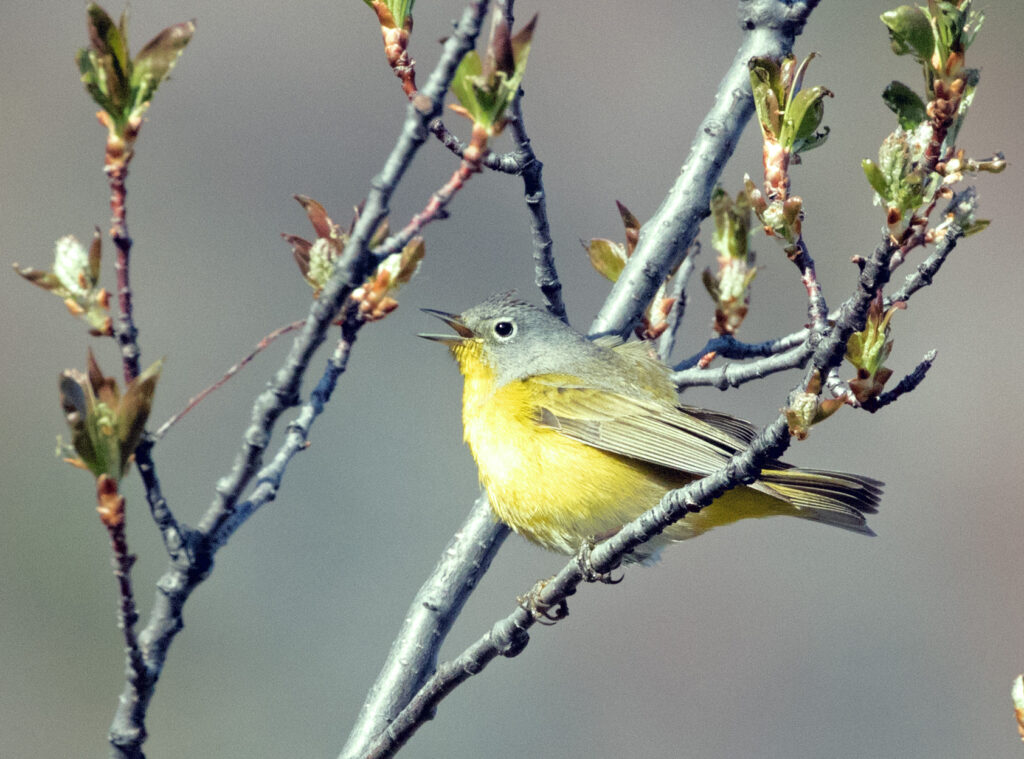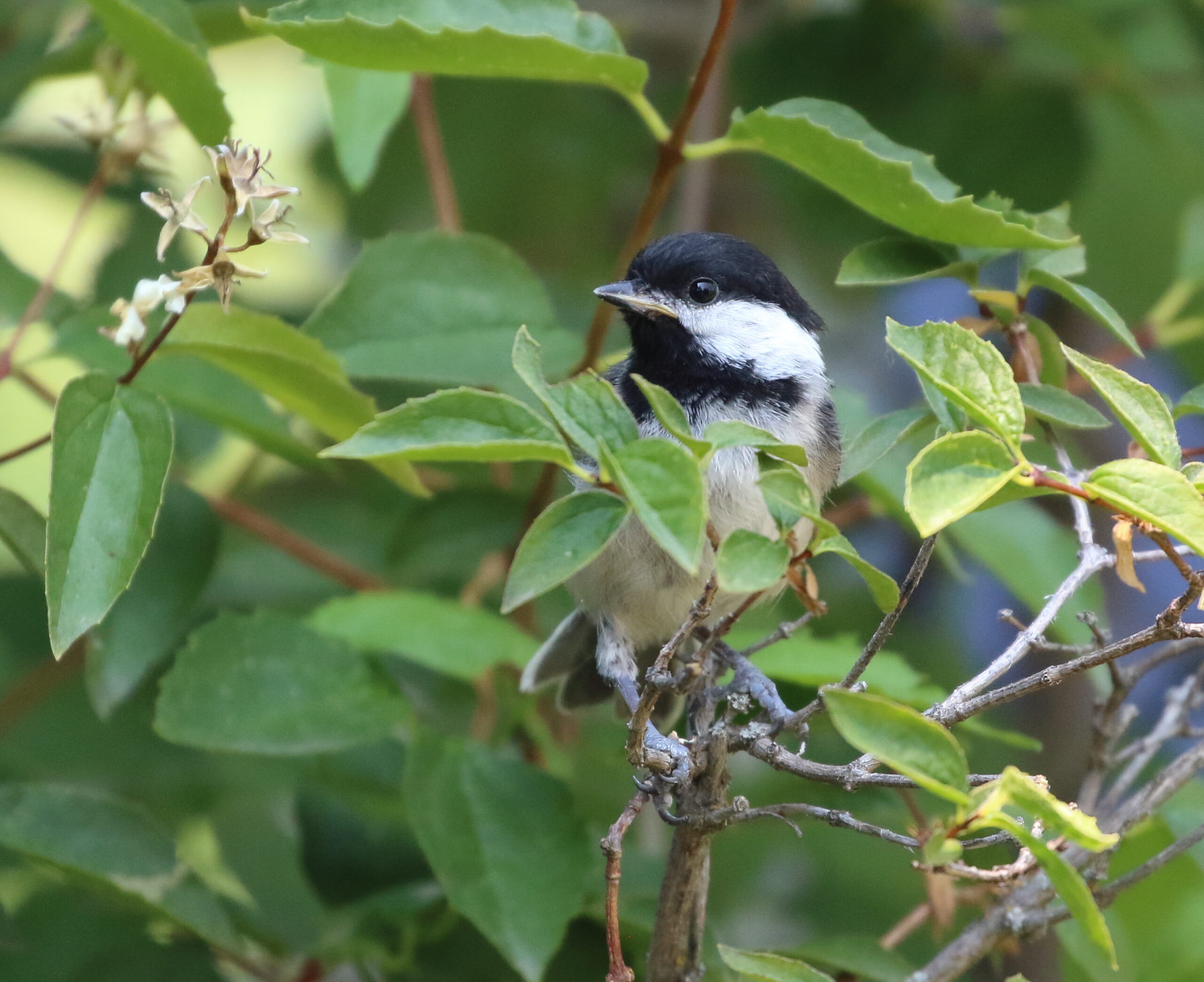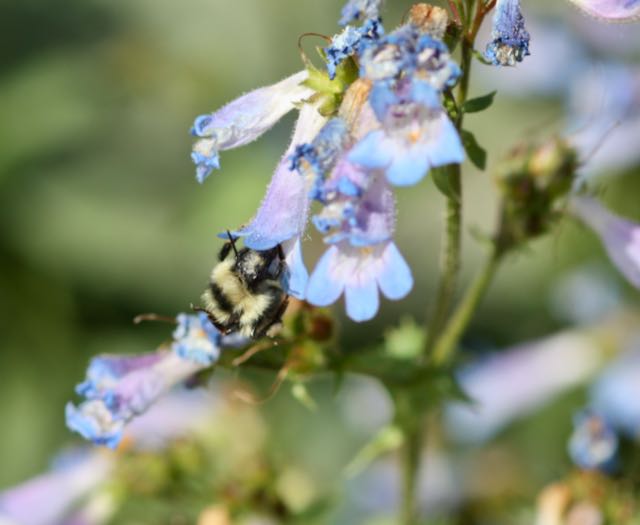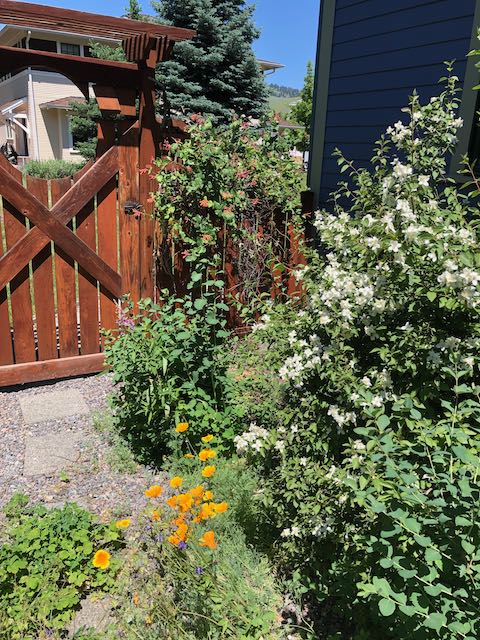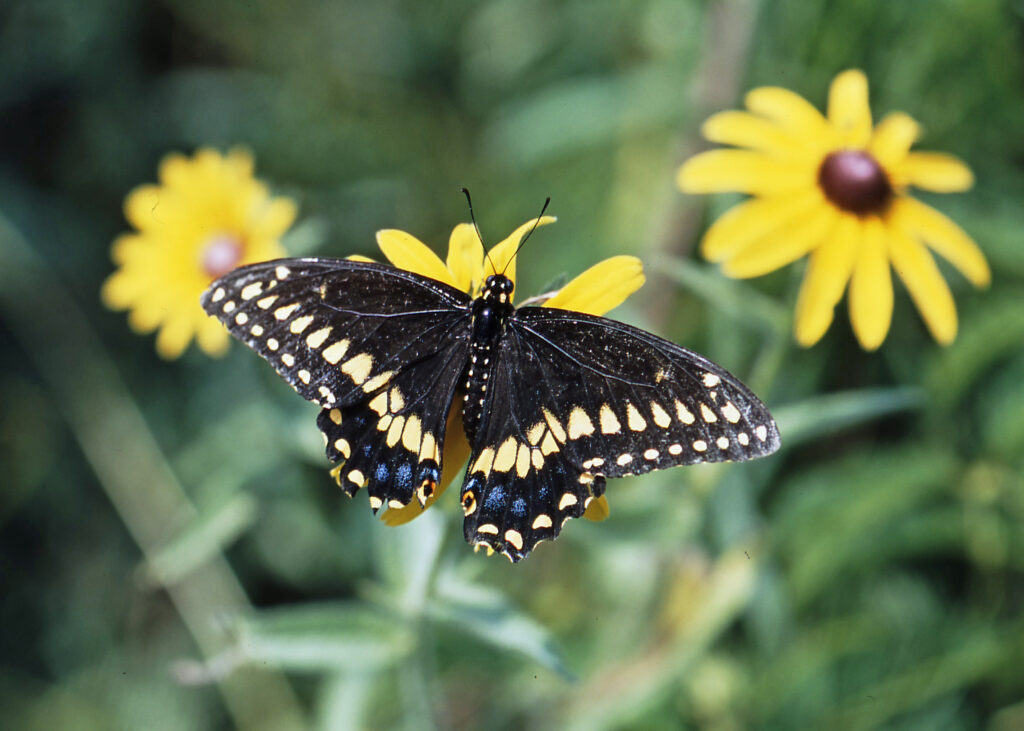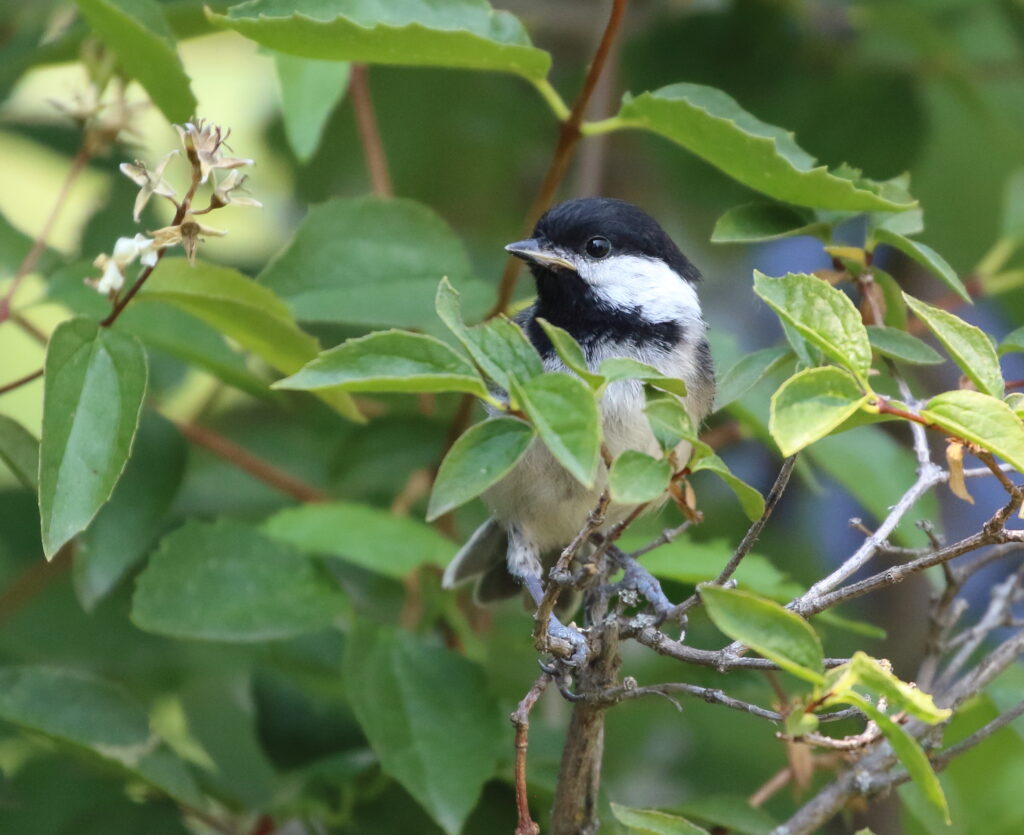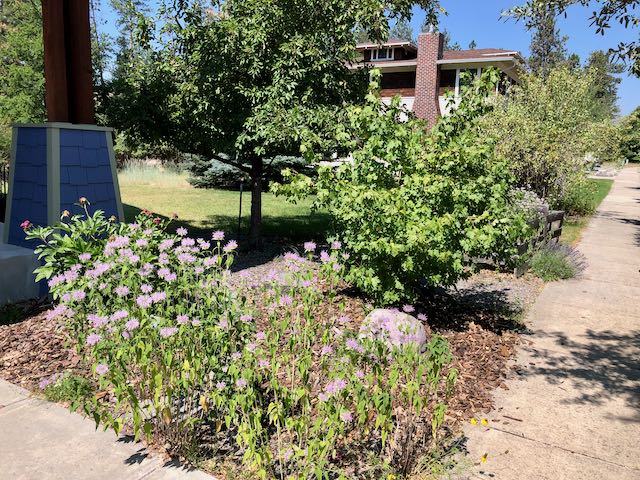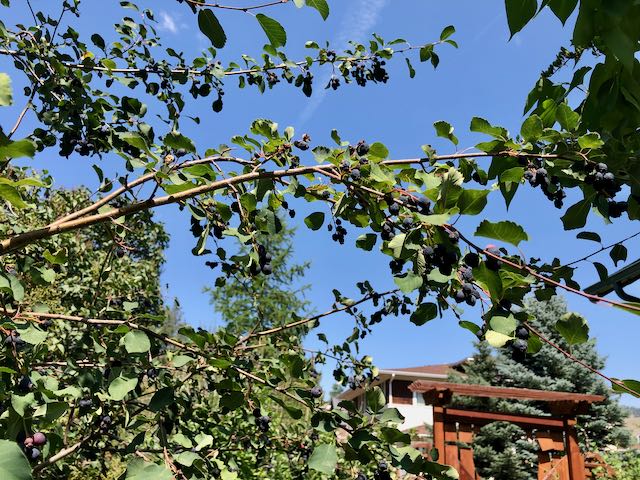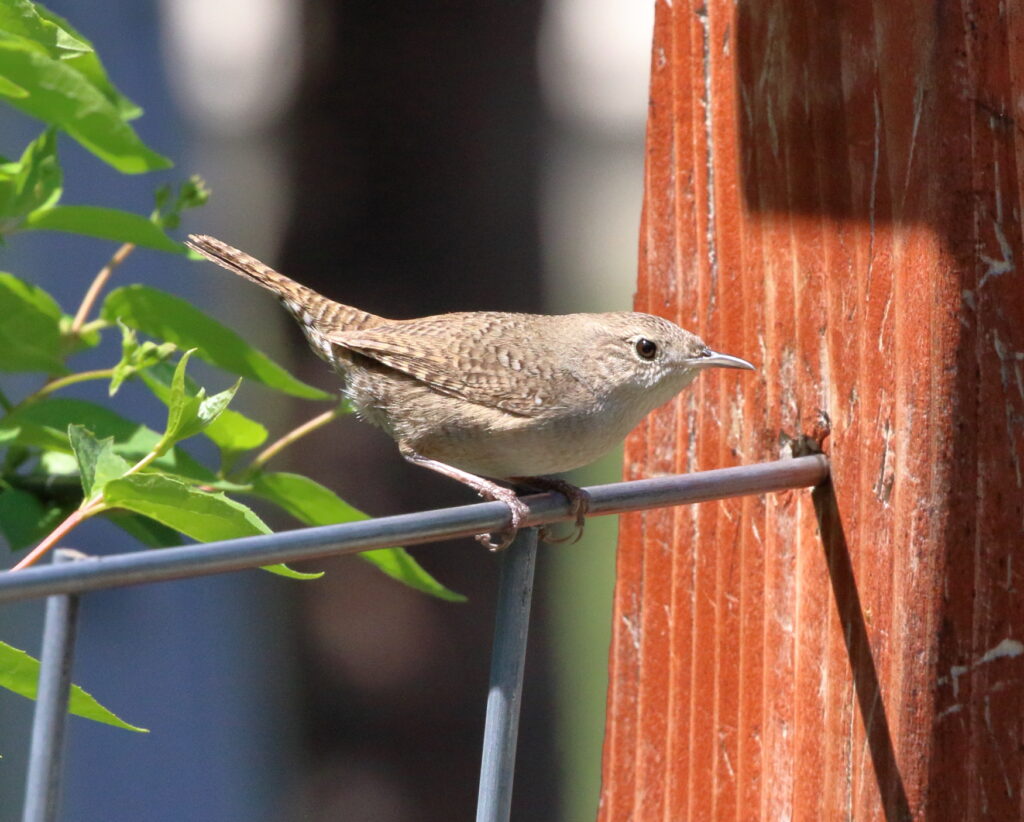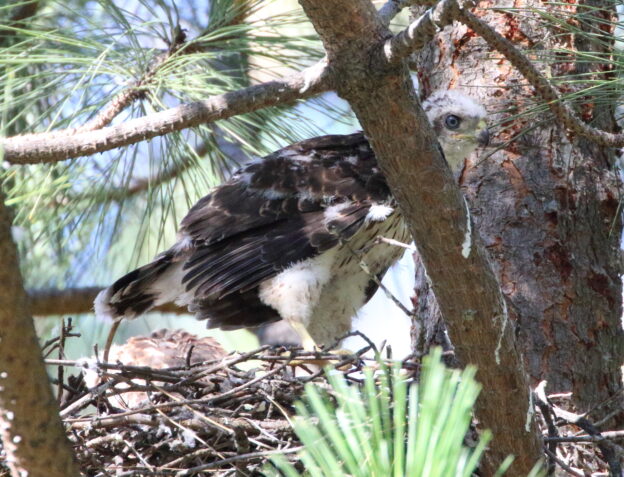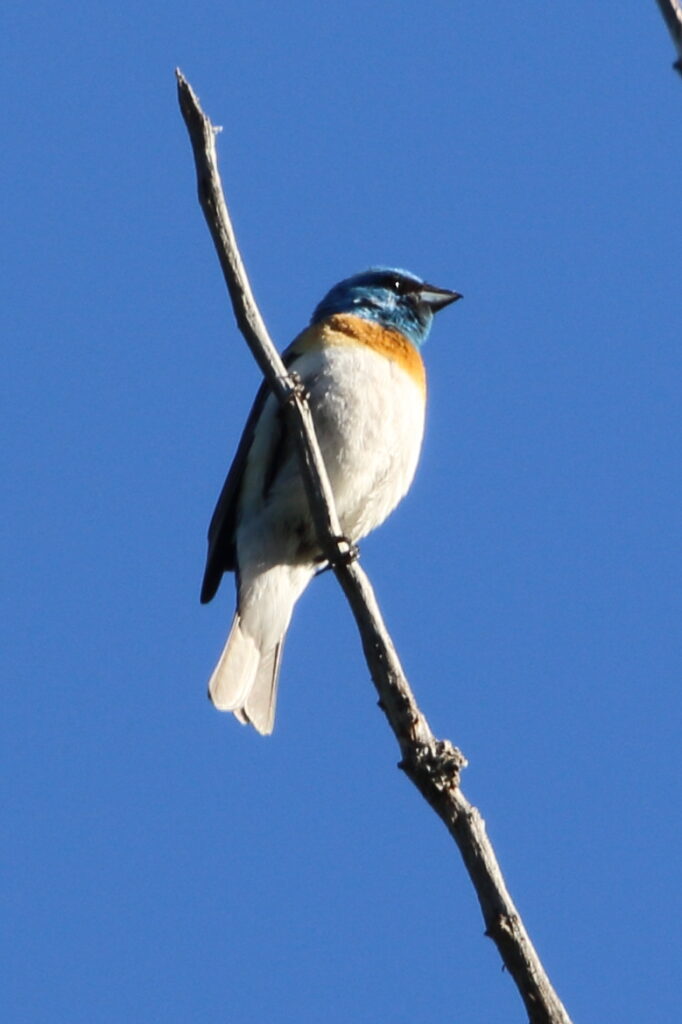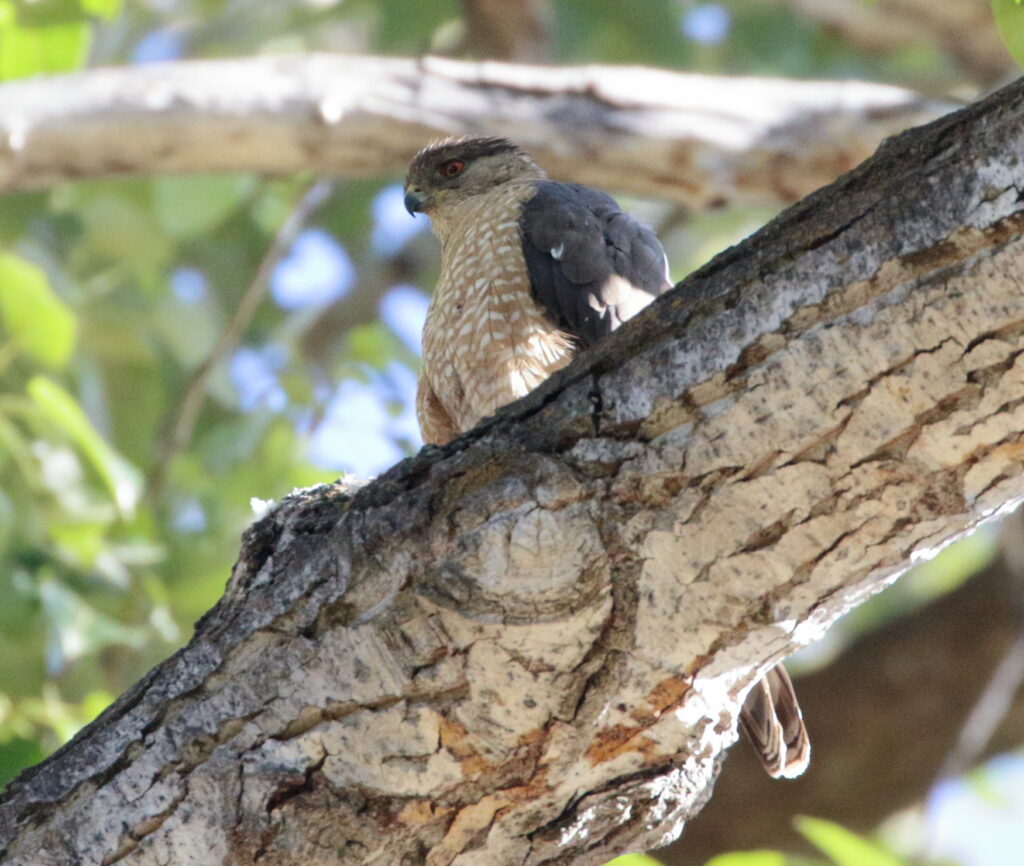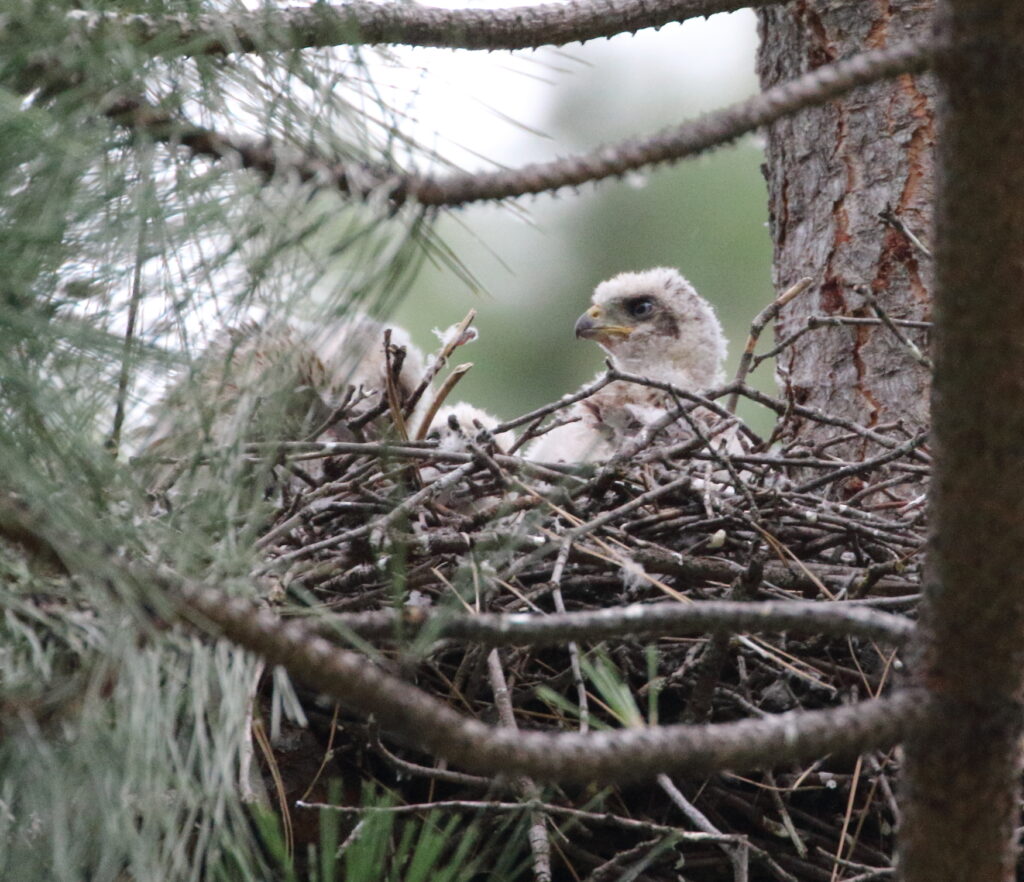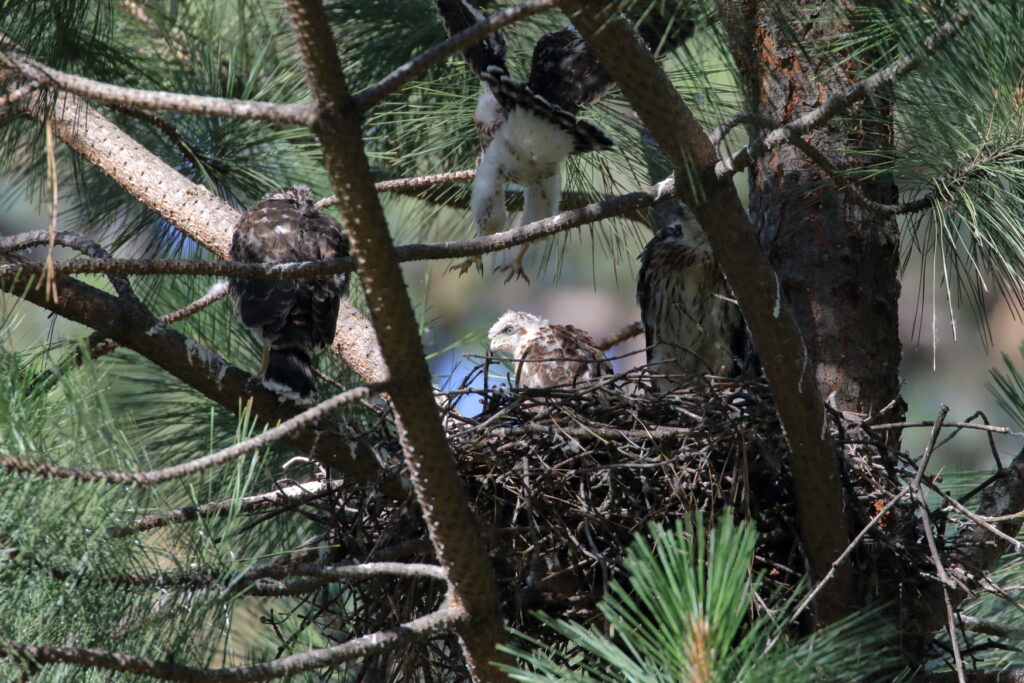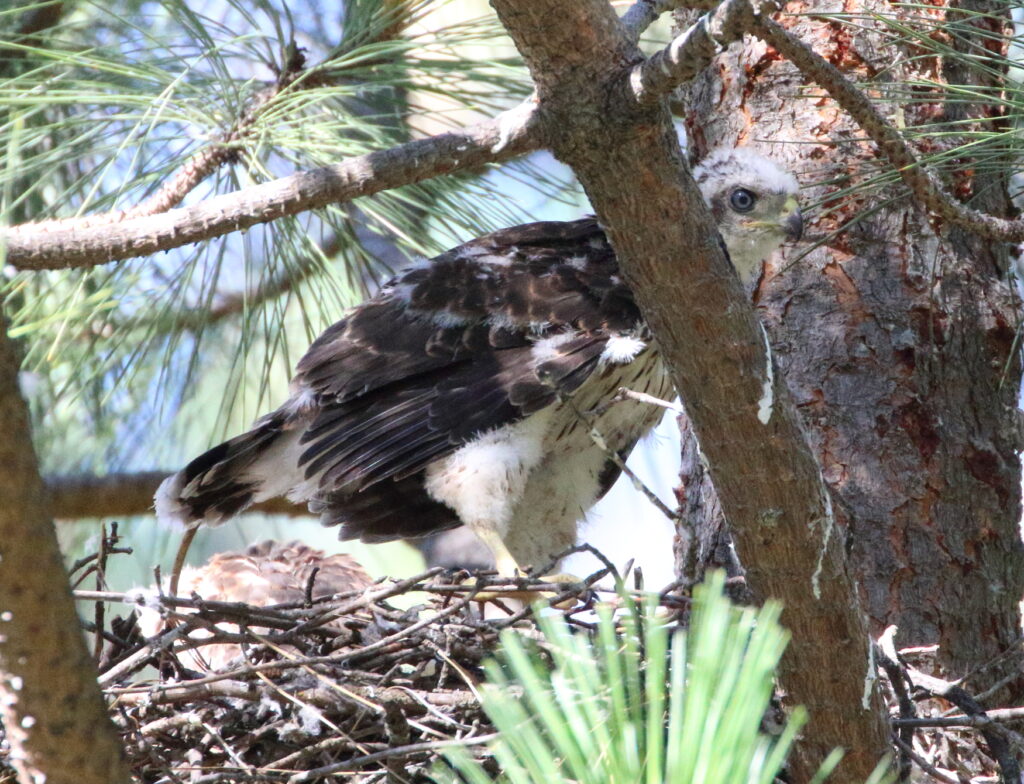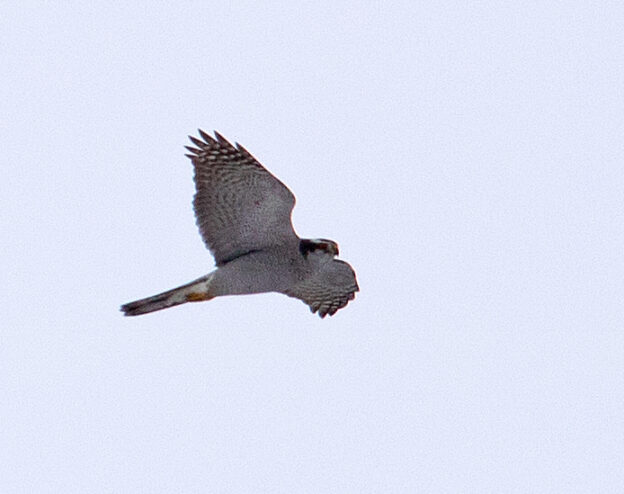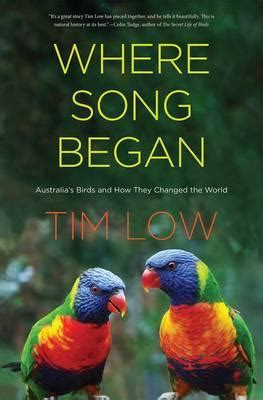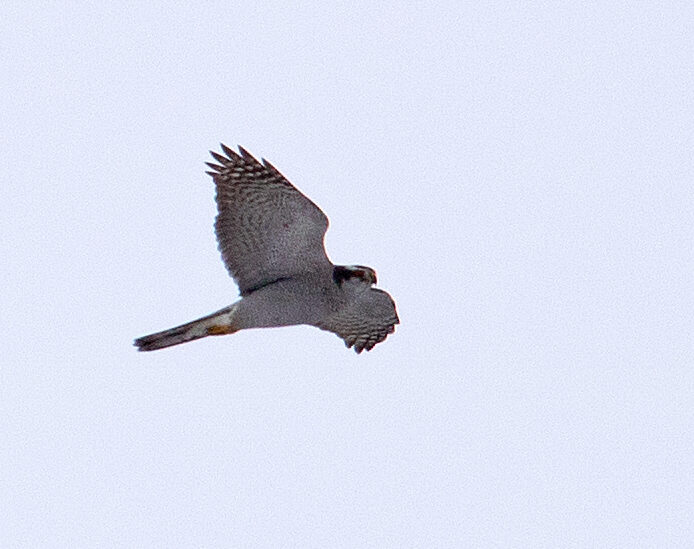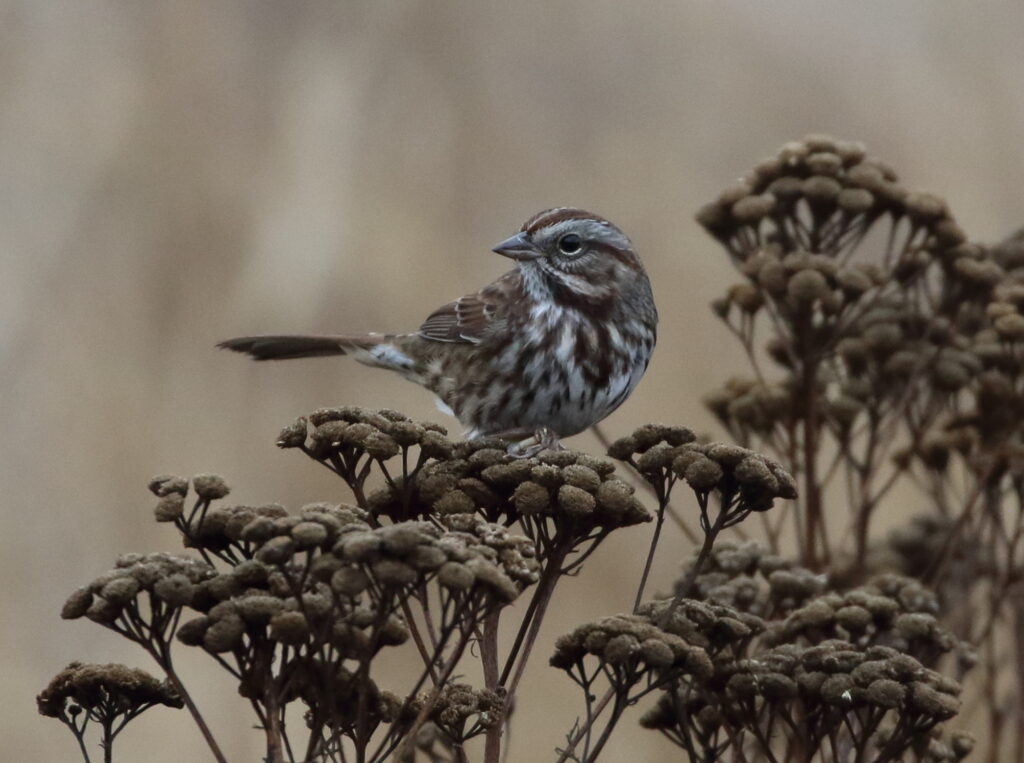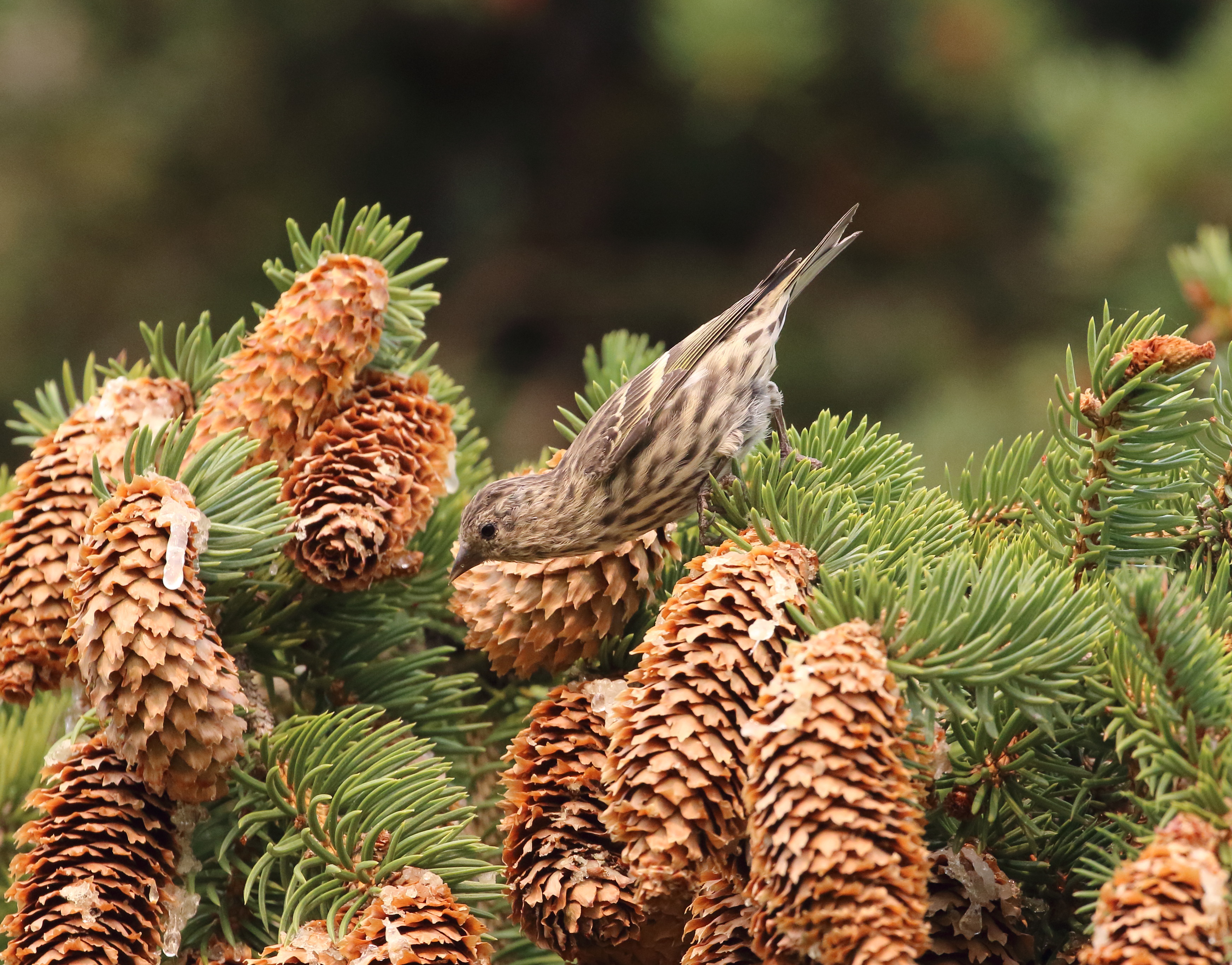We seem to be living in a golden age of birding. Not only have legions of new people discovered the joys of watching, identifying, and protecting birds, the marketplace is awash in incredible equipment to observe, photograph, and record birds. A few weeks ago, we reviewed Nikon’s terrific top-of-the-line Monarch HG binoculars. Today, we shift to an excellent entry-level pair, the Vortex 10X42 Triumph HDs.
Braden and I have both had great experiences with Vortex binoculars and spotting scopes—but have never field-tested their lower-priced equipment. In fact, I generally have shied away from encouraging people to invest in lower-priced binoculars, figuring they would break or wear out, or just wouldn’t deliver an adequate image. To challenge this assumption, I contacted Vortex to see if they would send me both some of their lower-end and mid-level binoculars to try out. I’ll review all of these in coming months, but was first drawn to test the Triumph HDs, which can be purchased for about the cost of a modest meal out for a family of four.
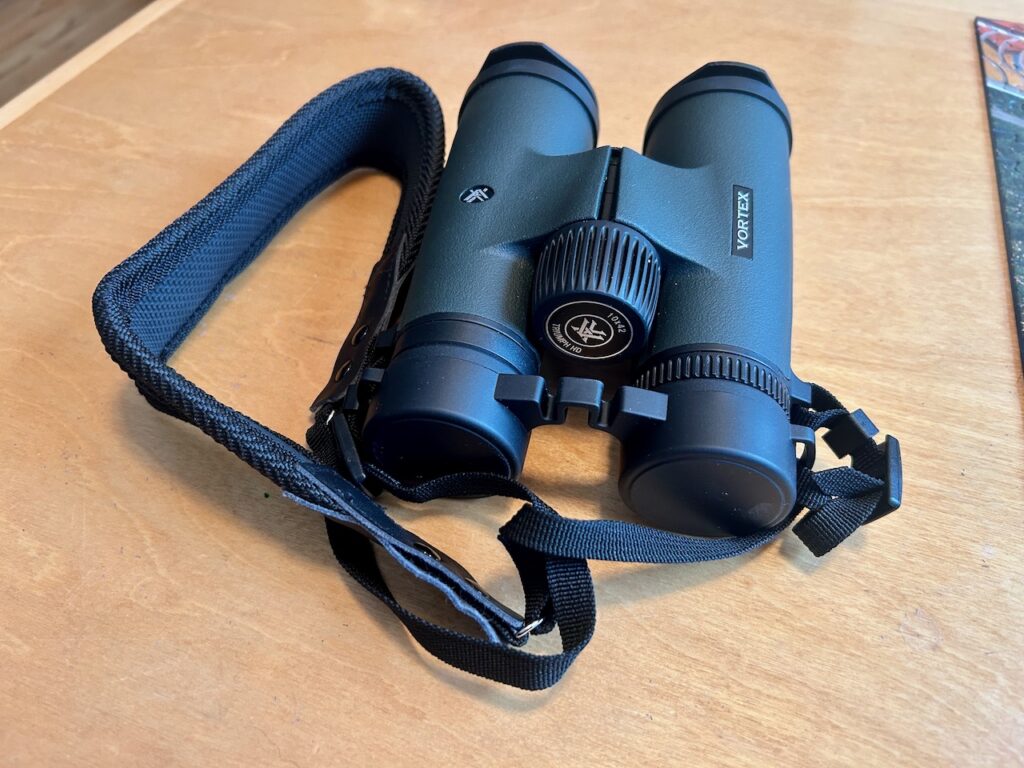
It’s true that many binoculars you might buy for under $100 are poorly made. I’ve had several fall apart on me. My first impression out of the box for the Vortex Triumph HDs, though, was “Wow. These seem pretty hefty and sturdy.” Raising them to my eyes, I beheld a clarity and sharpness that seemed totally acceptable for well-lit birding conditions. Their size and slightly rough, slip-resistant rubberized coating felt very comfortable and “friendly” in my hands.
Like many other good pairs of binoculars, the Triumphs have other essential and convenient features for a birder. These include:
* solid eye relief tubes (eye cups) that twist out and can click into two different positions.
* adjustable diopter ring to allow a different focus for the left and right binocular tubes (essential for people whose vision differs in each eye)
* tripod adapter socket
* o-ring sealed and nitrogen-purged to be water- and fog-resistant
* shock-proof
I have to mention two other things about this and all of Vortex’s other products. One is an amazing lifetime warranty. No matter what happens to your binoculars or how, Vortex will repair or replace them, no questions asked, no receipt required. I don’t even know how they can afford to do this, but it’s an amazing benefit in this day and age when so many things break almost as soon as you breathe on them.
The other thing I just have to compliment them on is that their object lens protector flaps actually stay in when you pop them in place! This might seem trivial to some, but it means that it is a simple task to keep your binoculars protected, even in the worst conditions. Good job, Vortex!
And here’s the best news: although the Triumph HDs list at $149.99, these binoculars are available for around a hundred bucks.
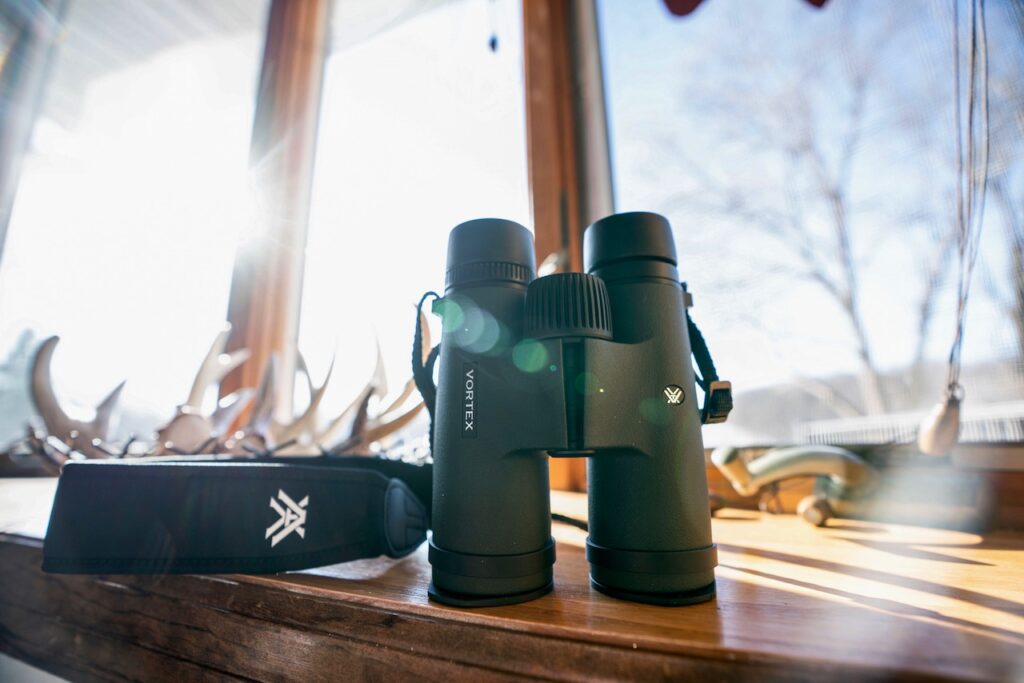
Of course, nothing is perfect and there are a couple of things you should consider before purchasing a pair. Many binoculars focus in as close as 6 or 8 feet, but the minimum focal distance for the Triumph HDs is 16 feet. For hunters and most birders that’s not a problem, but it can come into play when checking out wrens, warblers, tapaculos, and other small, secretive birds. It also pretty much rules out the Triumphs for watching butterflies.
Secondly, while Vortex products are excellent for birders, the company (at least recently) seems to gear its products more toward hunters. The binoculars come with a fairly elaborate combo harness/pouch system called Glasspak™. This is designed for you to carry a pouch on your chest from which you can just pull out the binoculars and quickly slip them back into place. This would work well if you are out birding nonstop all day or hunting elk, but it’s a bit cumbersome for many birders who are whipping their binoculars on and off repeatedly. The binos also come with a traditional strap, so if the Glasspak™ system doesn’t suit you, you may want to use the strap—or order a third-party attachment system that you’ve already used and are happy with.
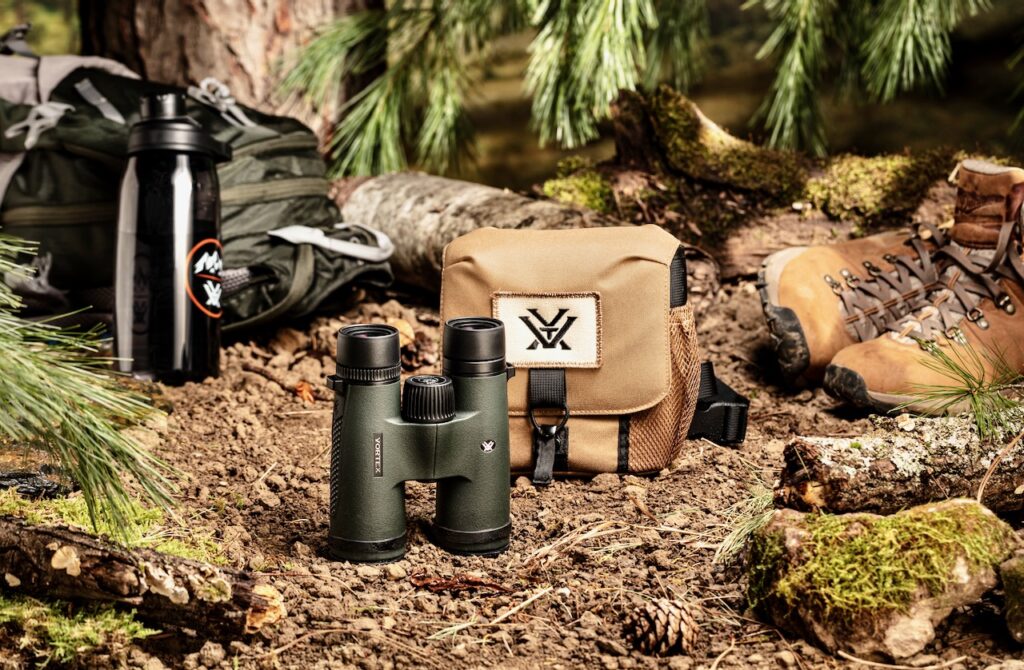
This, of course, inspires some advice to all binocular producers: why not build in larger loops directly onto the binocular bodies? This would allow users to quickly clip on a variety of shoulder straps, neck straps, and harnesses without having to go through a tortured attachment method of threading various straps through this and that. It seems like a no-brainer, and there is great irony that many companies make absolutely beautiful optical products—but don’t go the extra inch to create a fast, simple, convenient set up. This is not an issue specific to Vortex. It seems to be common to a lot of companies, but whichever ones fix it will earn big bonus points!
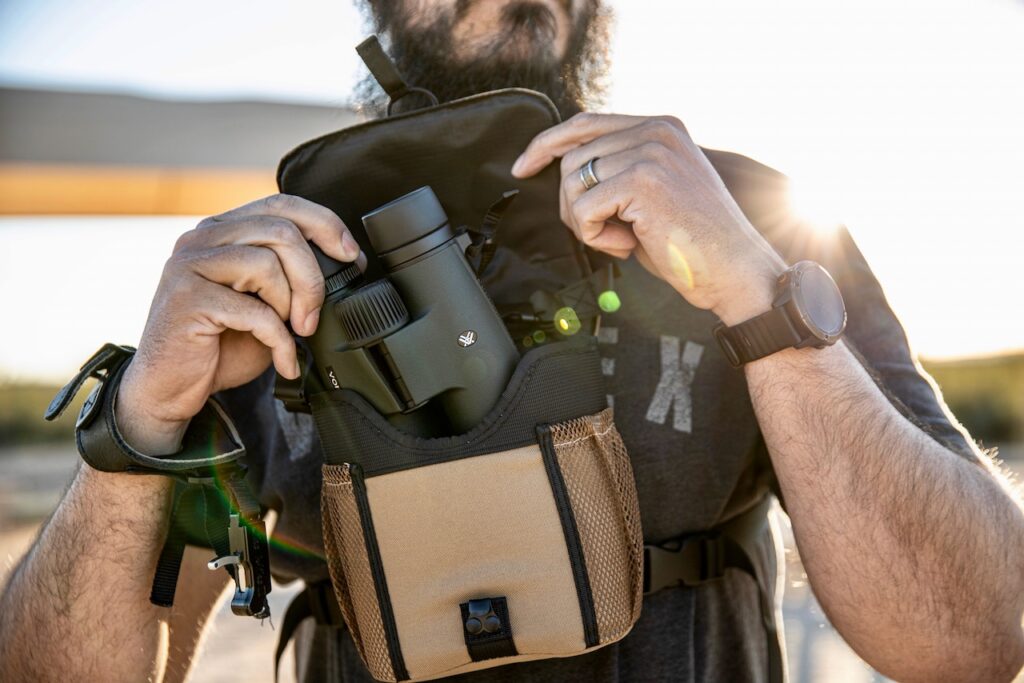
So let’s get to the nitty gritty: should you buy the Vortex Triumph HDs? I will unreservedly tell you that you won’t regret it if you do. For their price, they are a terrific pair of binoculars for a beginning birder that will last years and years. I have enjoyed using them on several recent outings and also let a friend check them out, and we both agreed they were solid and worked very well.
That said, if you can shell out just a bit more money, you might consider the Vortex Diamondback HD 10X42s. These list at $329.99, but can be bought for much less. At the time of this writing, I saw one place selling them for $124.95! Closer to $200 seems more typical, but either way, they are a deal. If you can stretch for this, you will be rewarded by better lens and prism coatings that are hardier and deliver more light to your eyes, especially in low-light conditions. They also have a cozy 5-foot minimum focal range. According to Vortex, they are the most widely-used binoculars in North America. Either of these models can be purchased directly from Vortex and a wide variety of other stores and online outlets.
So there you have it. We hope you find this and our other product reviews useful. We will keep ‘em coming!
Overall Rating (on a scale of cool birds): Song Sparrow (excellent)
Products reviewed in this post were provided by Vortex.

